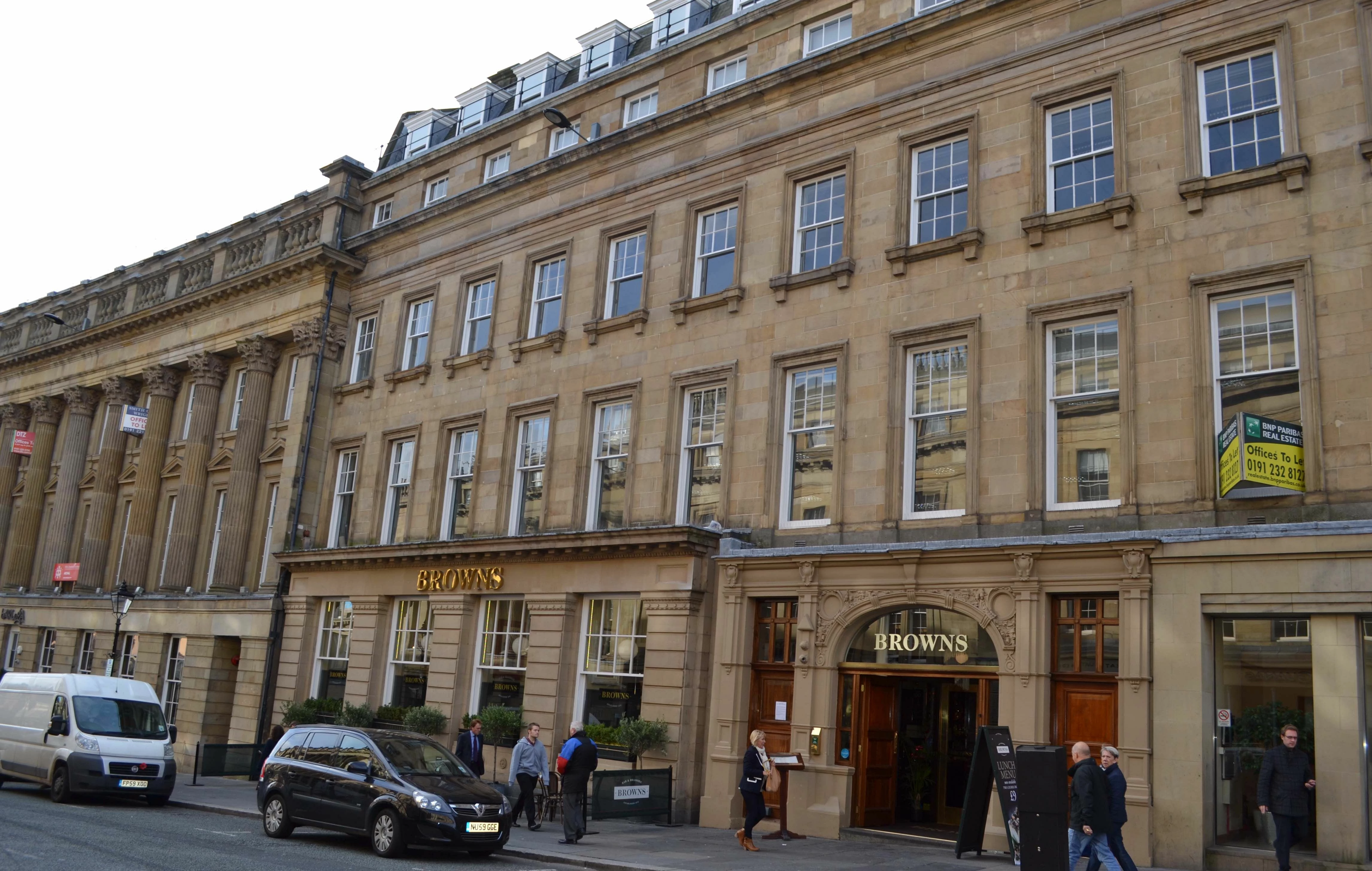
Partner Article
Can classic Grey Street fulfil its potential?
Newcastle upon Tyne’s iconic Grey Street has been at the centre of change since it was built in the 1830s by Richard Grainger but as in any city areas which were once prosperous, can fall into decline.
Although the £174 million Grainger Town project was viewed as successful in helping to create a dynamic and competitive location in the heart of the city when it ended in 2003, the economic downturn has since led to further changes on the architecturally beautiful Grey Street.
Banks and many other organisations, faced with rationalisation, have led an exodus of commercial occupiers – latterly business transformation consultancy, Black Swan, which has swapped its Grey Street office for a coastal location. Additionally, the swingeing parking charges levied on Grey Street up until 6.30pm have all but made it a no-go area in daylight hours except for those with pressing appointments.
However, in support of the view that people still need to eat - even when their disposable income is somewhat reduced (or perhaps it’s simply the region’s reputation for loving a good night out) - Grey Street has fortunately welcomed a number of new cafe/restaurant and leisure operators of late.
Brown’s, Cafe Rouge, Osaka, Las Iguanas and Carluccio’s are already making a substantial contribution to the city’s bar and restaurant offering. The Malhotra family who recently bought the Niche Hotel out of administration, still plan to develop a five star hotel and leisure complex elsewhere on Grey Street.
But for Grey Street landlords with space to let above ground floor level, the Energy Act, effective from April 2018, is potentially an even bigger headache.
From 2018 it will become unlawful to let a UK commercial property with an Energy Performance Certificate (EPC) rating of F or G. This means that many properties will be potentially impossible to let or occupy and will be heavily reduced in value. One only needs to gaze upwards along Grey Street to see how much space currently fits this description.
The need to find a sustainable solution for the upper floors is therefore the challenge that should now be exercising the minds of landlords and the city’s planners. I personally believe other European regional capitals hold the solution, where classical architecture is home to thriving night life at street level and where you can find some spectacular living space above.
With the benefit of the recent changes to planning regulations, allowing the change of use of office buildings B1(a) to residential use C3 without the need for planning permission, some Heritage Lottery Funding to pump prime the project, a highly motivated and visionary development team and some enlightened backing from the City Council, surely it would be possible to persuade some of the many professional people who have left the city centre to return to this landmark destination?
It would be a lot less costly to convert these upper floors into high quality residential accommodation than to EPC-compliant office space - besides, there is still a huge shortage of housing in the city region.
We have some fantastic restaurant operators at ground floor level. Now we need to complete the picture of a 24-hour city by giving some thought to life upstairs and really allow Grey Street to compete with the best of other European cities.
This was posted in Bdaily's Members' News section by Darron Barker .
Enjoy the read? Get Bdaily delivered.
Sign up to receive our daily bulletin, sent to your inbox, for free.








 A year of resilience, growth and collaboration
A year of resilience, growth and collaboration
 Apprenticeships: Lower standards risk safety
Apprenticeships: Lower standards risk safety
 Keeping it reel: Creating video in an authenticity era
Keeping it reel: Creating video in an authenticity era
 Budget: Creating a more vibrant market economy
Budget: Creating a more vibrant market economy
 Celebrating excellence and community support
Celebrating excellence and community support
 The value of nurturing homegrown innovation
The value of nurturing homegrown innovation
 A dynamic, fair and innovative economy
A dynamic, fair and innovative economy
 Navigating the property investment market
Navigating the property investment market
 Have stock markets peaked? Tune out the noise
Have stock markets peaked? Tune out the noise
 Will the Employment Rights Bill cost too much?
Will the Employment Rights Bill cost too much?
 A game-changing move for digital-first innovators
A game-changing move for digital-first innovators
 Confidence the missing ingredient for growth
Confidence the missing ingredient for growth